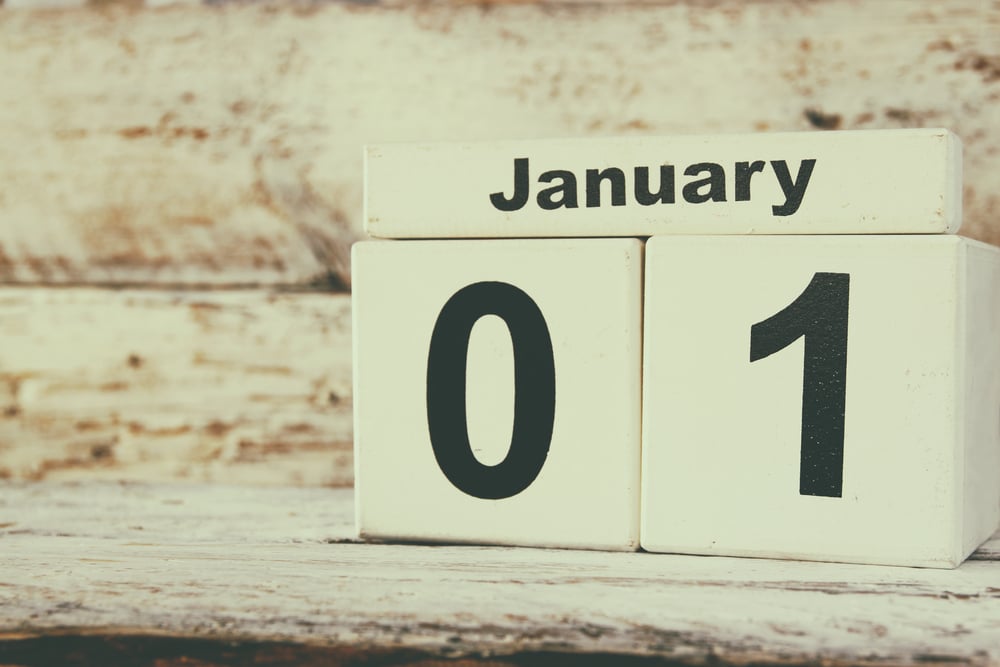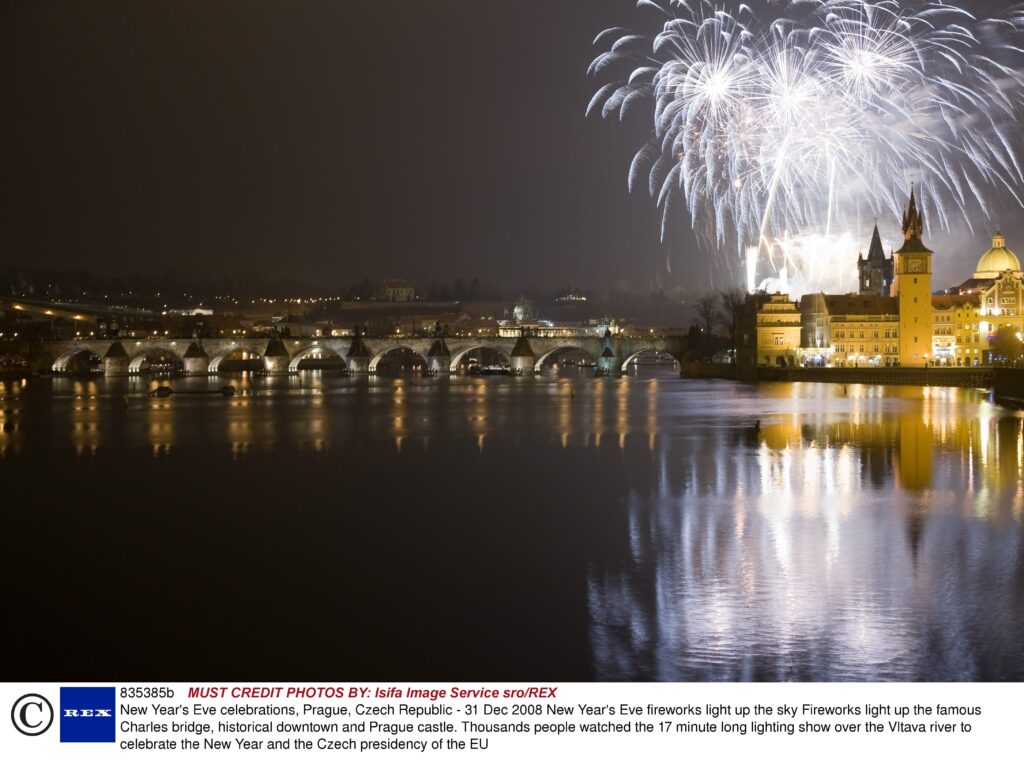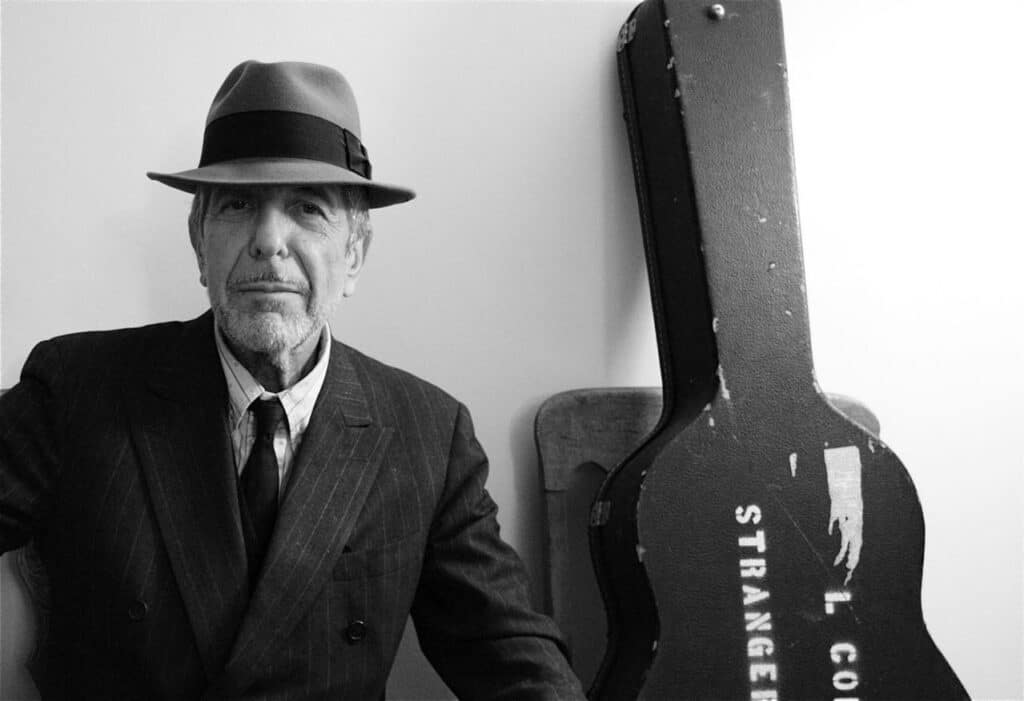Read the following text then read the ten statements A–J. Five of these statements are correct according to the text. Tick the boxes of the correct sentences. Do not tick more than five boxes. Leave the other five boxes blank.
New Year’s Day
People around the world celebrate the start of a year on New Year’s Day. It is one of the oldest holidays. In the Western cultures of Europe, North America, South America and Australia most people celebrate New Year’s Day on 1 January. People of other places and cultures observe the new year at other times depending on their different calendars. The Chinese New Year, for example, is celebrated for a month beginning in late January or early February. In Iran New Year’s Day is in March, on the first day of spring. Followers of the Jewish religion celebrate the new year in the autumn. According to the Islamic calendar, the new year starts with the month of Muharram. Because the calendar is based on the movement of the moon, Muharram can begin in autumn, summer, spring or winter.
Many traditions and customs surround New Year’s Day in the United Kingdom. On the night before, called New Year’s Eve, people have noisy parties and grand feasts. They stay up late and count down the seconds until midnight. Firework displays are often organised and people will go outside at midnight to watch them. At midnight it is traditional to kiss or shake hands and wish other people “Happy New Year”. Many people make New Year’s resolutions, or promises to themselves. They see New Year’s Day as a chance to make a fresh start.

Different cultures celebrate the new year in many ways. The Dutch eat doughnuts for good luck. People in the South of the United States cook black-eyed peas for luck as well. For the Jewish New Year, called Rosh Hashana, people eat sweet honey so that they will have a sweet year ahead. The month-long Chinese New Year includes outdoor parades and fireworks. During the Hindu New Year festival called Diwali, people exchange gifts and light ceremonial lamps. Some Muslims send greeting cards for the Islamic New Year.
There have always been different dates for the start of the new year because different peoples used different calendars. Some peoples based their calendar on the movement of the moon. Other peoples based their calendar on the position of the sun. In ancient Babylonia the new year started when the crops started growing. Ancient Egyptians announced the new year each time the Nile River overflowed its banks. The Inca believed that the new year began on the shortest day of the year. In China the new year began when the midday shadow reached an exact length.
In 153 BC the Romans named 1 January as New Year’s Day. The Roman Catholic Church later changed New Year’s Day to 25 March. In 1582 a new Christian calendar moved the start of the year back to 1 January. Today most Western nations celebrate New Year’s Day on 1 January.
A. The different dates to celebrate the beginning of the new year are due to different calendars. |
|
B. Muslim people usually celebrate the new year in the autumn but sometimes in the spring. |
|
C. In the United Kingdom it is a popular custom to make new year resolutions. |
|
D. Many nations have customs that are supposed to ensure good luck for the new year. |
|
E. The celebration of the Chinese New Year takes a fortnight with fireworks and parades. |
|
F. Christians celebrated the new year in the spring for centuries. |
|
G. Ancient Egyptians welcomed the new year when the Nile receded after a flood. |
|
H. Celebrating the new year on 1st January goes back to the Ancient Greeks. |
|
I. The two main types of calendar in use are based on the movement of the sun and the moon. |
|
J. At midnight in many Western countries people shake hands or kiss under the mistletoe. |
|
answers: TRUE – A, C, D, F, I
Vocabulary
to celebrate | ünnepelni |
to observe | megünnepelni |
to depend on | függeni valamitől |
Jewish | zsidó |
religion | vallás |
movement of the moon | a hold járása |
tradition | hagyomány, tradíció |
custom | szokás |
to surround | körülvenni |
feast | lakoma |
firework display | tűzijáték |
New Year's resolutions | újévi fogadalom |
crop | vetés |
to overflow | kiönteni, áradni |
bank | part |
shadow | árnyék |






